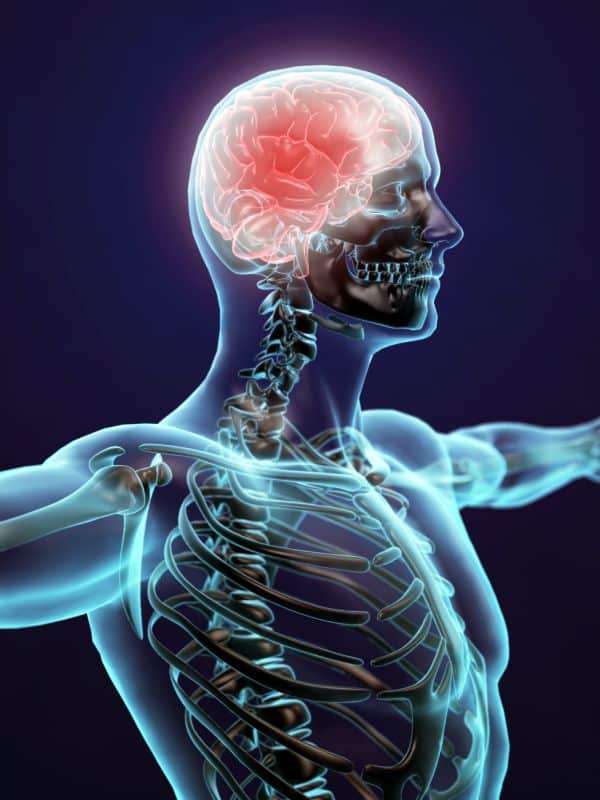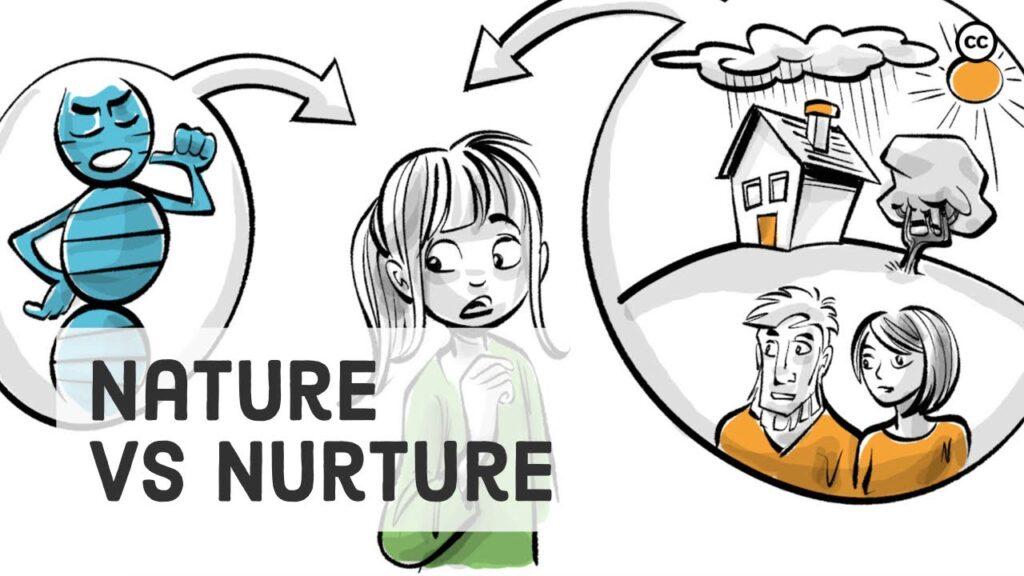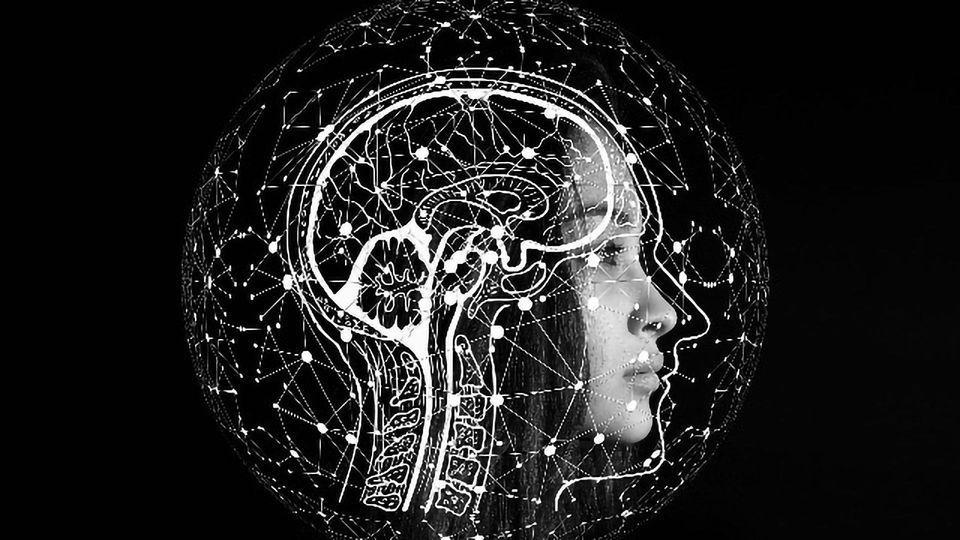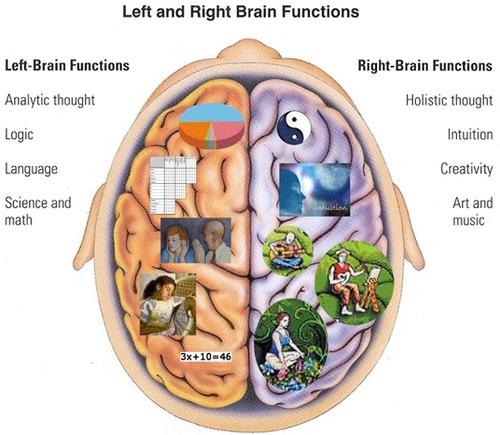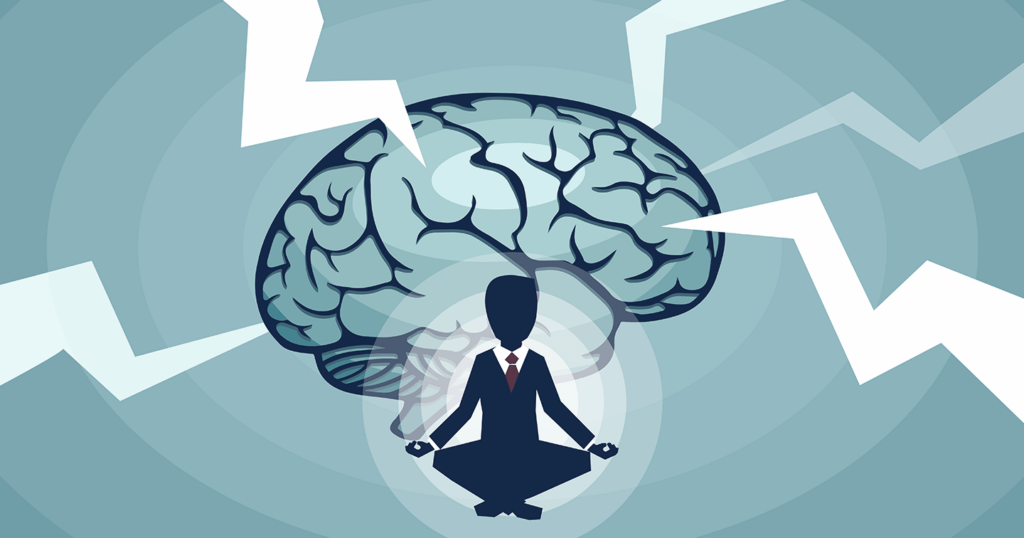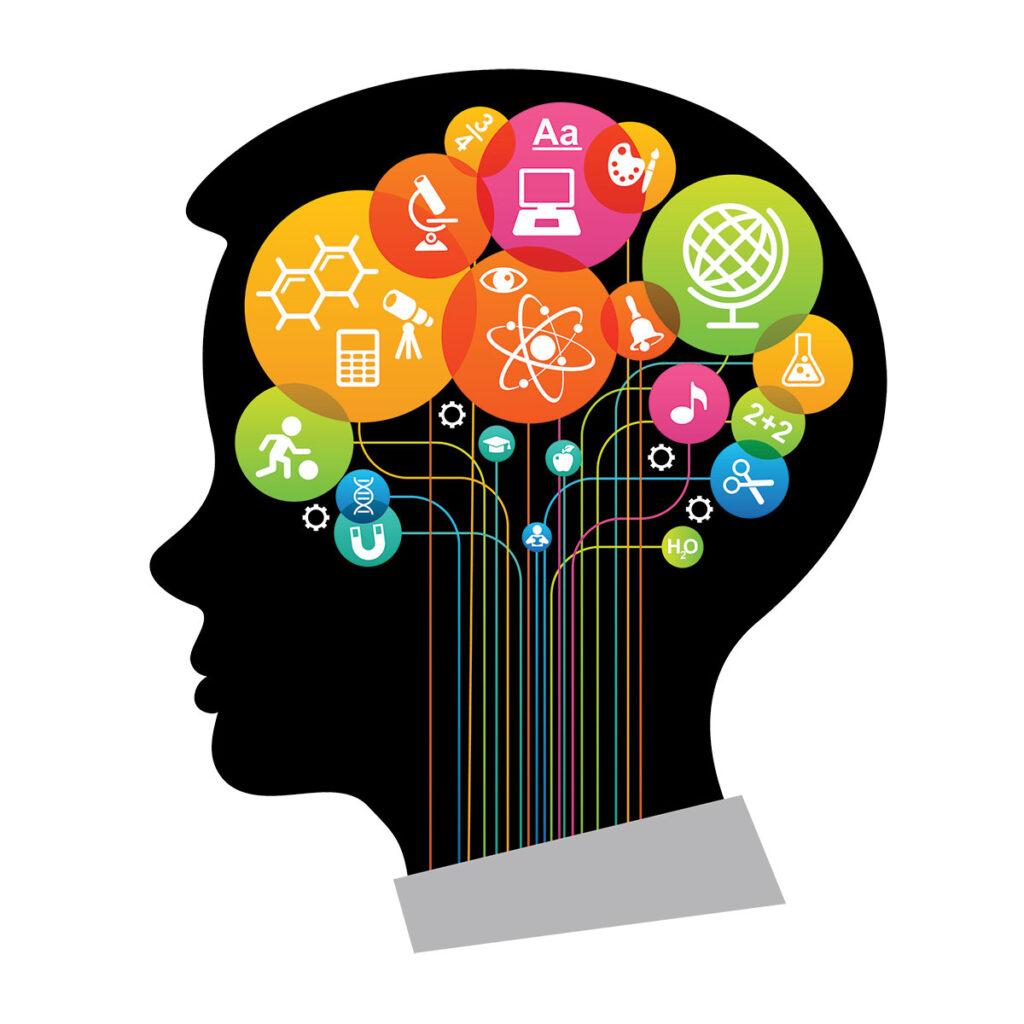Memory: How do we remember and forget things, and what are the underlying neural mechanisms?
Memory is a crucial cognitive function that allows us to store and retrieve information about our past experiences and knowledge. Without memory, we would be unable to learn, communicate, or make decisions based on past events.
However, understanding the processes of memory is challenging due to their complexity and multifaceted nature, and researchers have not yet fully comprehended the underlying mechanisms. In this essay, we will explore how the act of remembering and the neural mechanisms involved in these processes.
To begin with, memory can be classified into several types, including sensory, short-term, and long-term. Sensory memory refers to the brief of sensory information, sight, sound, and touch, that allows us to perceive the world.

Short-term memory, or working, is the temporary storage and manipulation of information that is needed for ongoing tasks. As remembering a phone number or following instructions.
Long-term memory, on the other hand, involves the consolidation and storage of information over an extended period. Ranging from minutes to years, and includes explicit and implicit.
Episodic memory, which involves the recall of specific events and personal experiences, further divides. Which refers to the general knowledge and concepts that we have acquired.
Implicit memory, on the other hand, involves the unconscious acquisition of skills, habits, and associations through repetition and practice. They are often difficult to verbalize or consciously retrieve.
The processes of memory involve several stages, including encoding, consolidation, and retrieval.
Consolidation involves the stabilization and integration of the encoded information into long-term memory, and retrieval involves the activation and reconstruction of the stored information.
The neural mechanisms that underlie involve the coordinated activity of several brain regions, including the hippocampus, amygdala, prefrontal cortex, and basal ganglia.
The hippocampus, located in the medial temporal lobe, is essential for the formation and consolidation of explicit memories and is particularly sensitive to episodic memory. The encoding and storage of emotional memories, particularly fear and reward-related memories, involve the amygdala, which is located in the temporal lobe.
Working memory, attention, and executive functions such as planning and decision-making are tasks that involve the prefrontal cortex, located in the front of the brain. Implicit and the learning of motor skills and habits involve the basal ganglia, located at the base of the brain.
Various factors, including attention, motivation, emotion, and context, can influence the processes of memory. Attention is essential for encoding and consolidating information, as it selects and filters relevant information from the environment.
Motivation can also enhance memory, as it increases the processing and consolidation of information that is relevant.
Emotion can both enhance and impair, as it can modulate the encoding and retrieval of emotional memories. Strong positive or negative experiences are particularly associated with those.
Context can also influence, as it provides cues that can aid or interfere with the retrieval of stored information. 카지노사이트
Memory can also be subject to forgetting, which is the loss or failure to retrieve the stored information. Forgetting can occur at various stages, including encoding, consolidation, and retrieval.
The most common forms of forgetting are decay, interference, and retrieval failure. Decay refers to the gradual loss of stored information over time, particularly in the short term.
Conclusion
Memory is a complex and multifaceted cognitive function that enables us to store and retrieve information about our past experiences, knowledge, and skills.
Several stages, including encoding, consolidation, and retrieval, are involved in the processes. These processes rely on the coordinated activity of several brain regions, such as the hippocampus, amygdala, prefrontal cortex, and basal ganglia.
Various factors, including attention, motivation, emotion, and context, can influence. Additionally, can undergo forgetting, which refers to the loss or failure to retrieve the stored information. Forgetting can occur at various stages of memory and can result from decay, interference, or retrieval failure.
The study of memory has significant implications for understanding human cognition, development, and mental health.
Advances in neuroscience and technology have led to the development of new techniques for studying the neural mechanisms of memory. Functional magnetic resonance imaging (fMRI) and optogenetics, enable researchers to manipulate and observe neural activity in real-time.
The findings from these studies can help to inform the development of new treatments for disorders. Alzheimer’s disease, and can also enhance our understanding of the role of memory in learning, decision-making, and creativity.
Overall, remains a fascinating and essential aspect of human cognition that continues to capture the imagination.
While there is still much to learn about the neural mechanisms that underlie. Advances in research and technology hold promise for unlocking the secrets of this complex and vital cognitive function.
